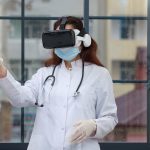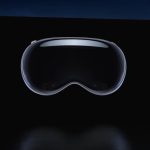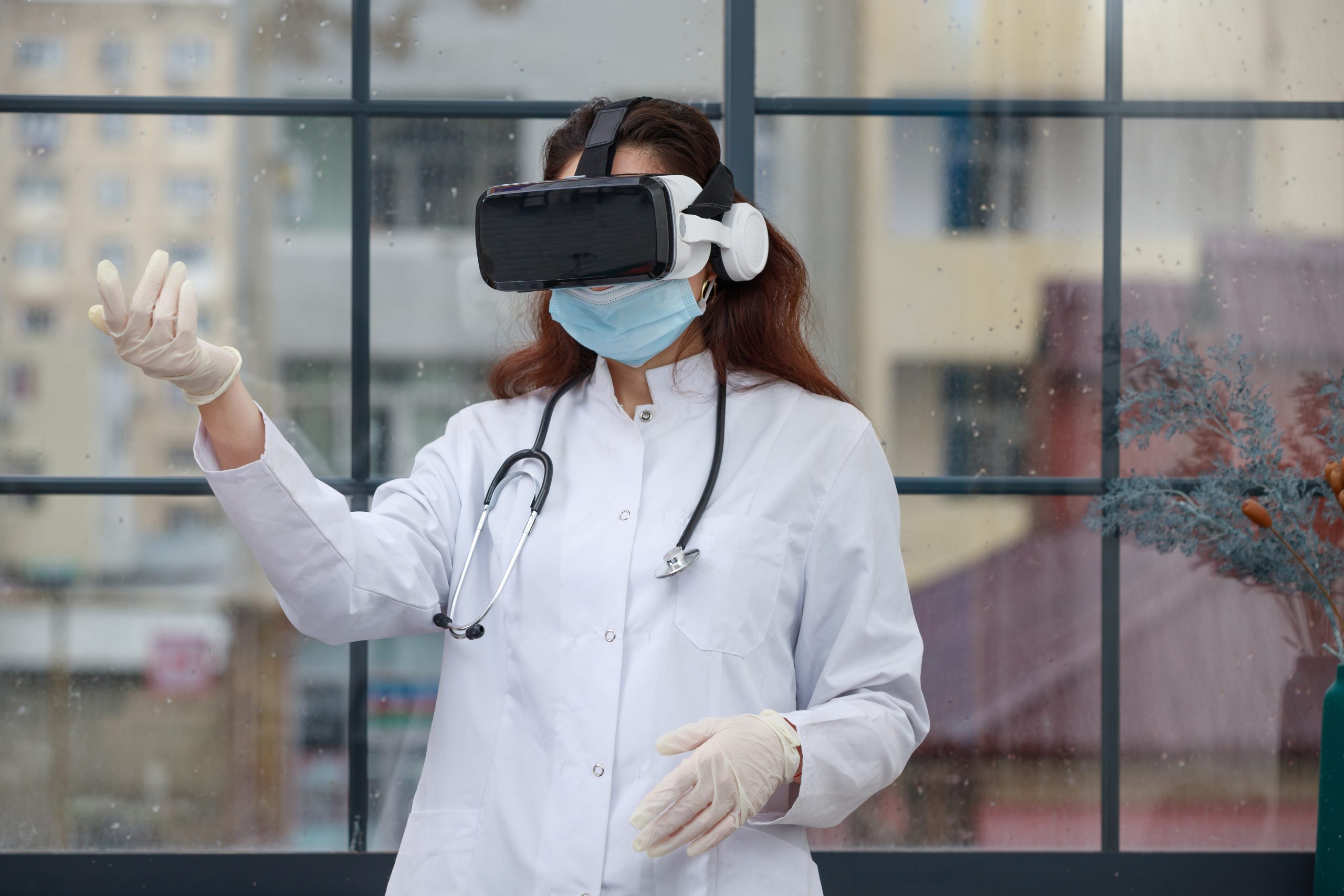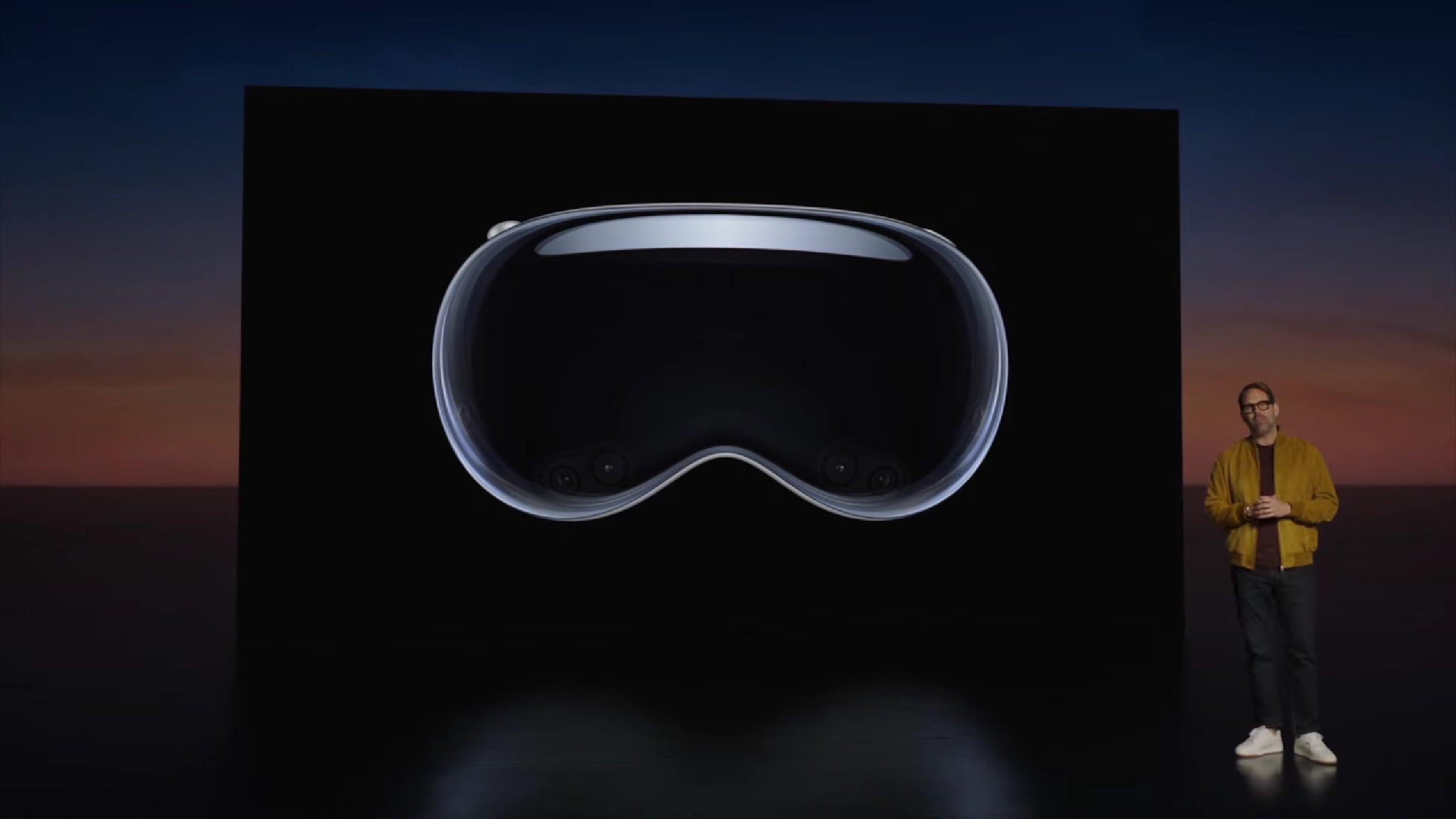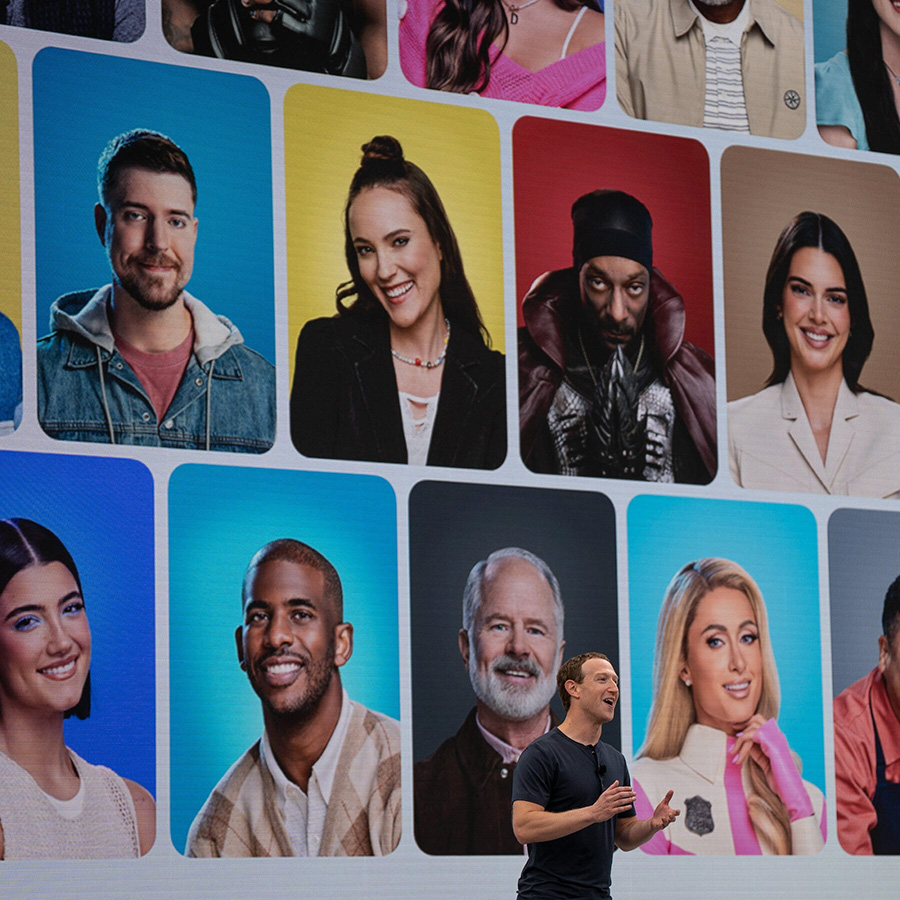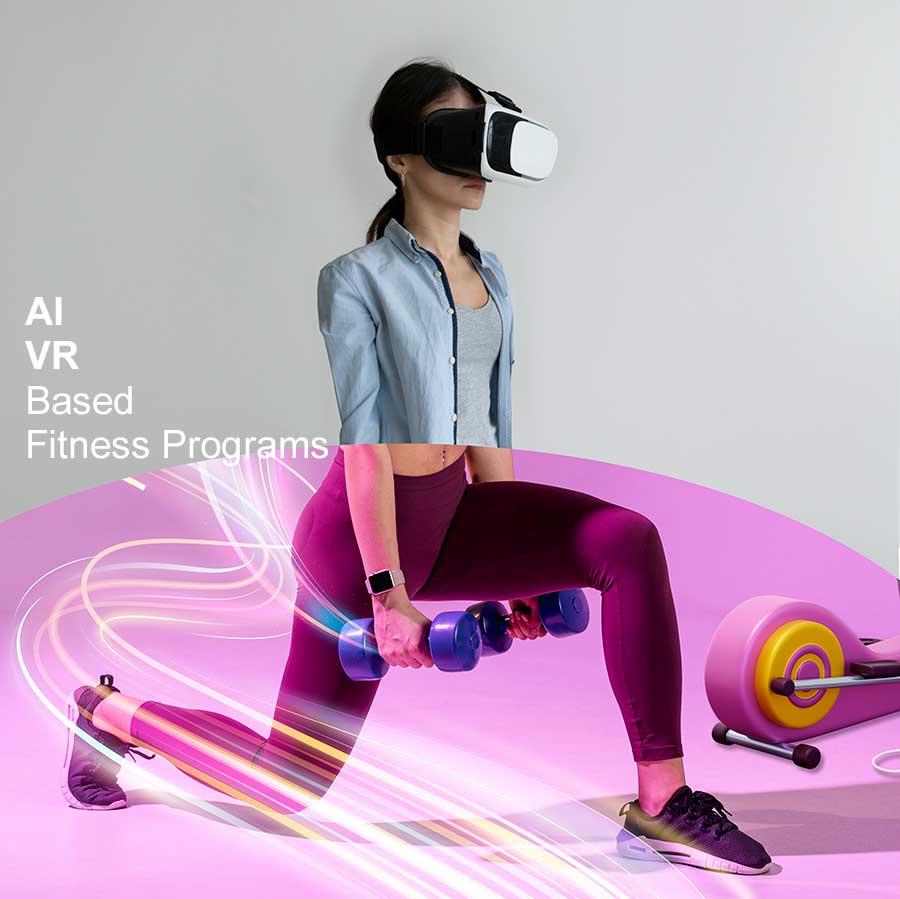Today, an increasing number of colleges and universities are incorporating virtual reality, augmented reality, and other immersive technologies into their curricula as part of their courses, allowing students to role-play various situations using VR headsets, computers, and software to prepare for real-life practices and surgeries.
There are various emerging immersive technologies applicable to healthcare education. AR blends computer-generated content with the real world, overlaying virtual images onto the physical environment. VR medical training provides fully simulated clinical experiences within a virtual world. Students utilize VR headsets and haptic controllers, which offer tactile feedback. Extended reality (XR) encompasses all types of immersive learning experiences, including both AR and VR.
Support for remote learning
A nursing university collaborates with a third-party educational VR supplier to develop immersive simulations using 3D animations in VR, helping students learn six basic skills. These skills include chest tube insertion and tracheal intubation. The university launched the VR experience in the fall semester of 2020. There are three modes available in the application: learning mode, expert mode, and exam mode.
In expert mode, they can perform the procedure without any manual manipulation. Then, in exam mode, they must complete each procedure correctly before starting clinical practice.

